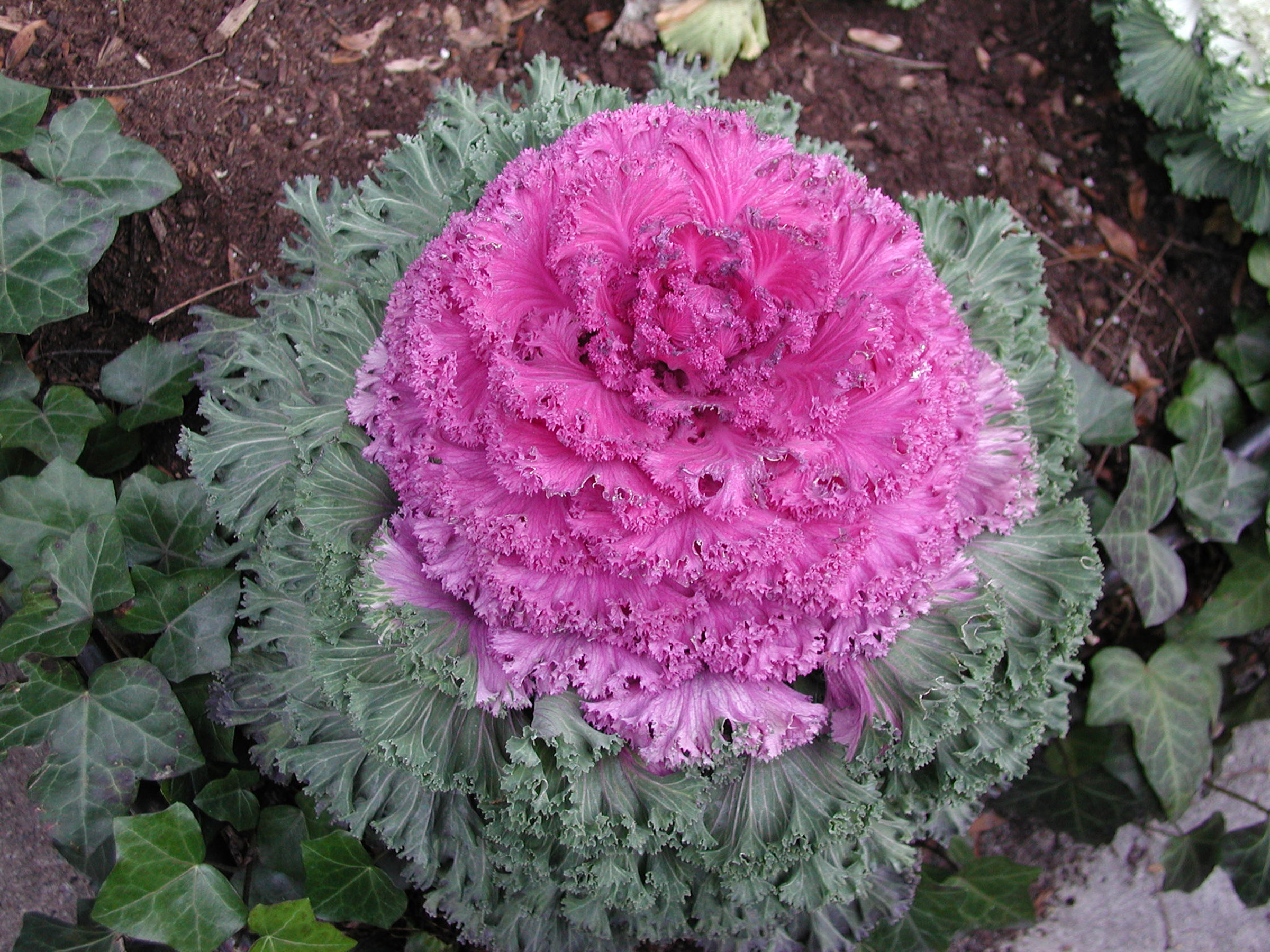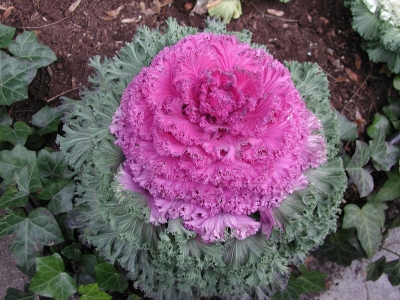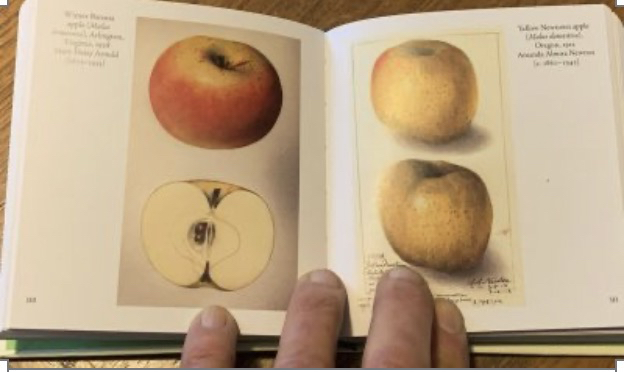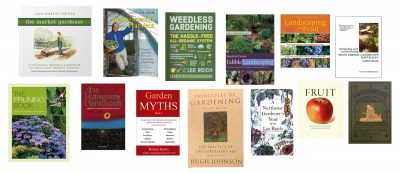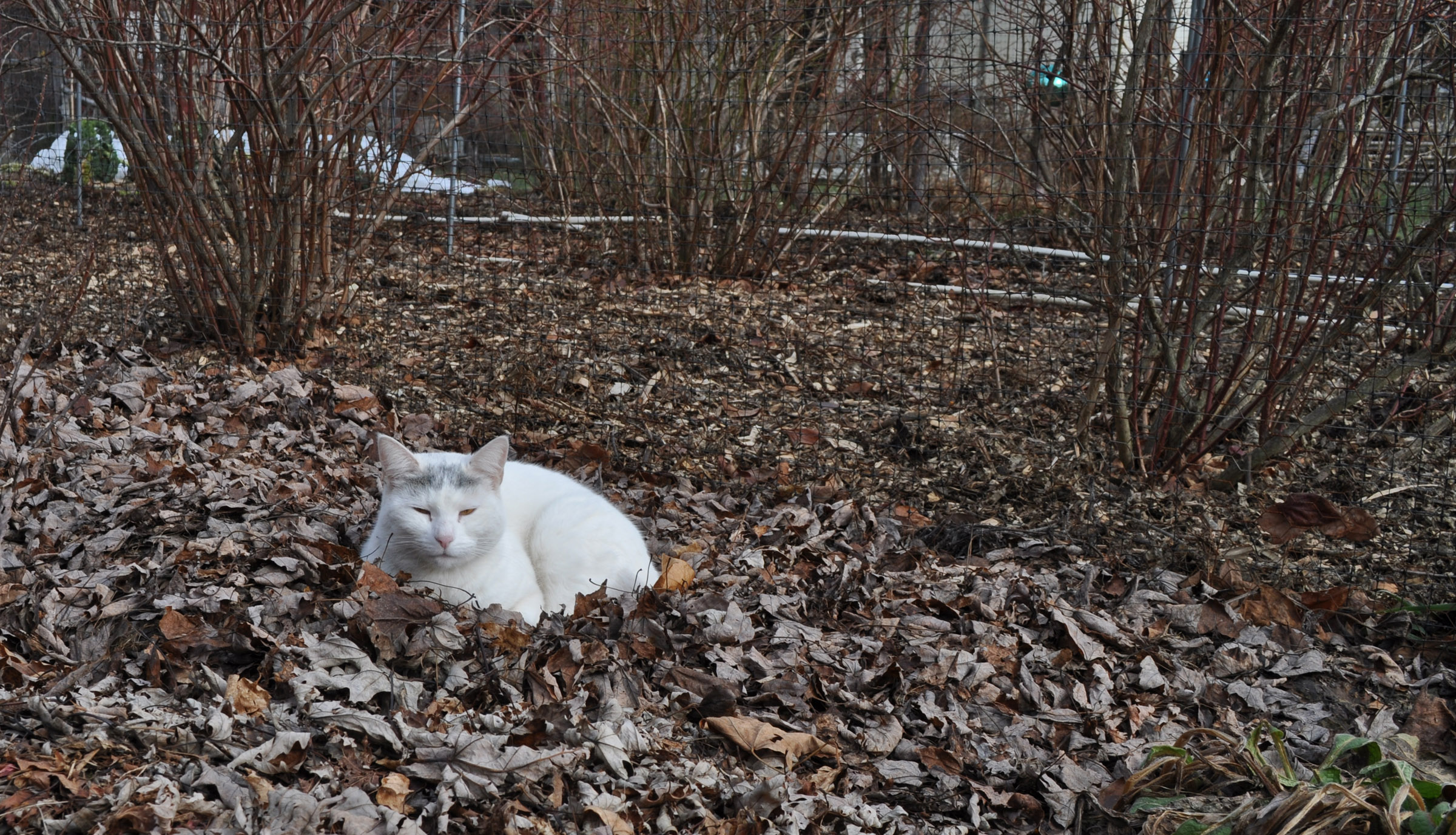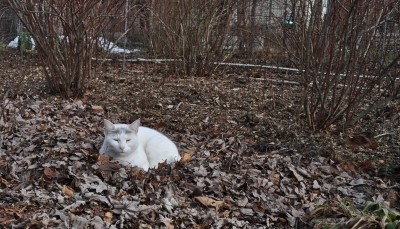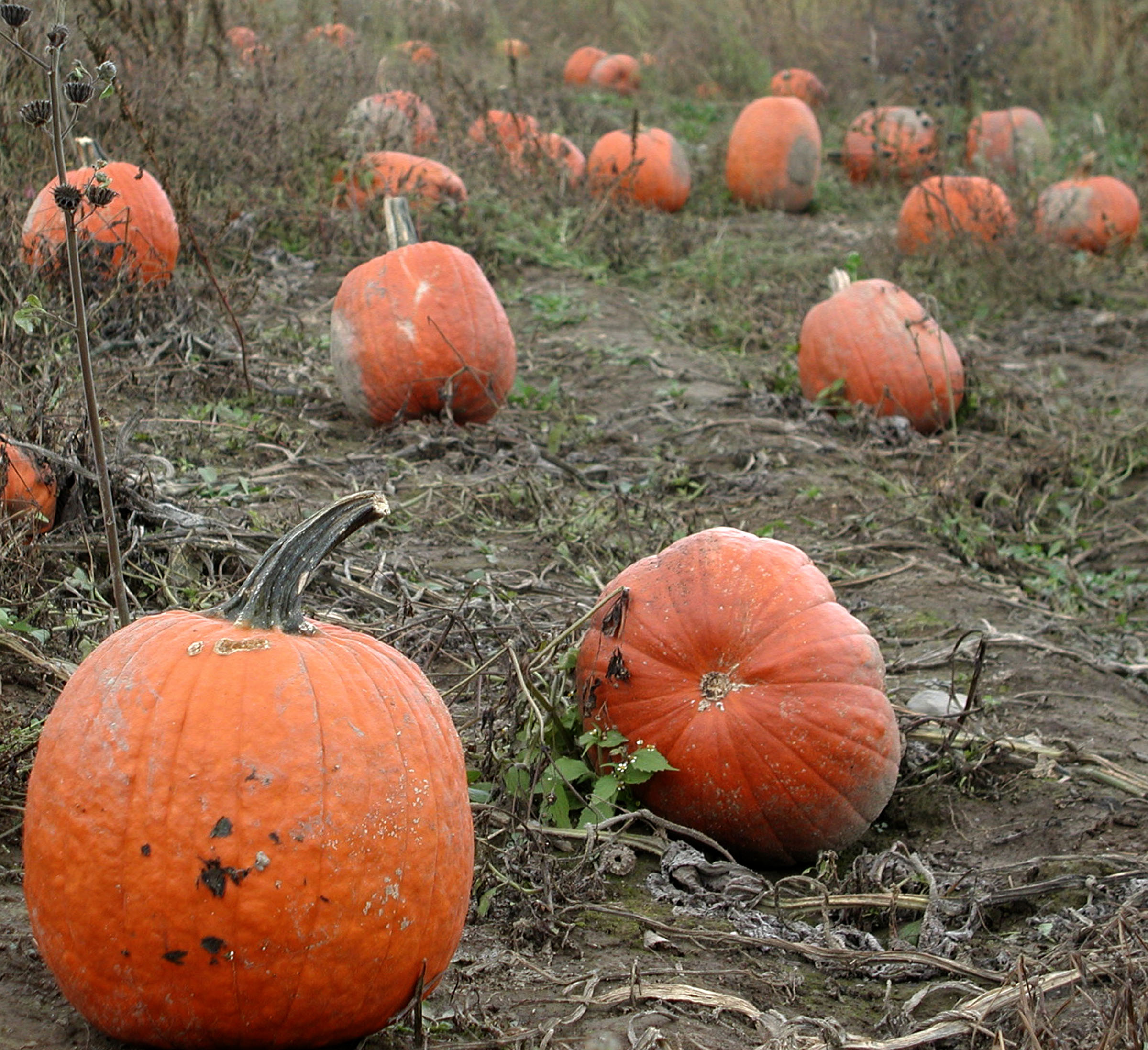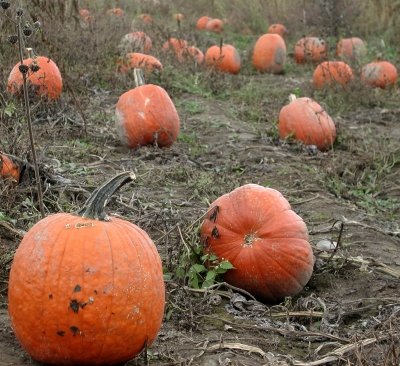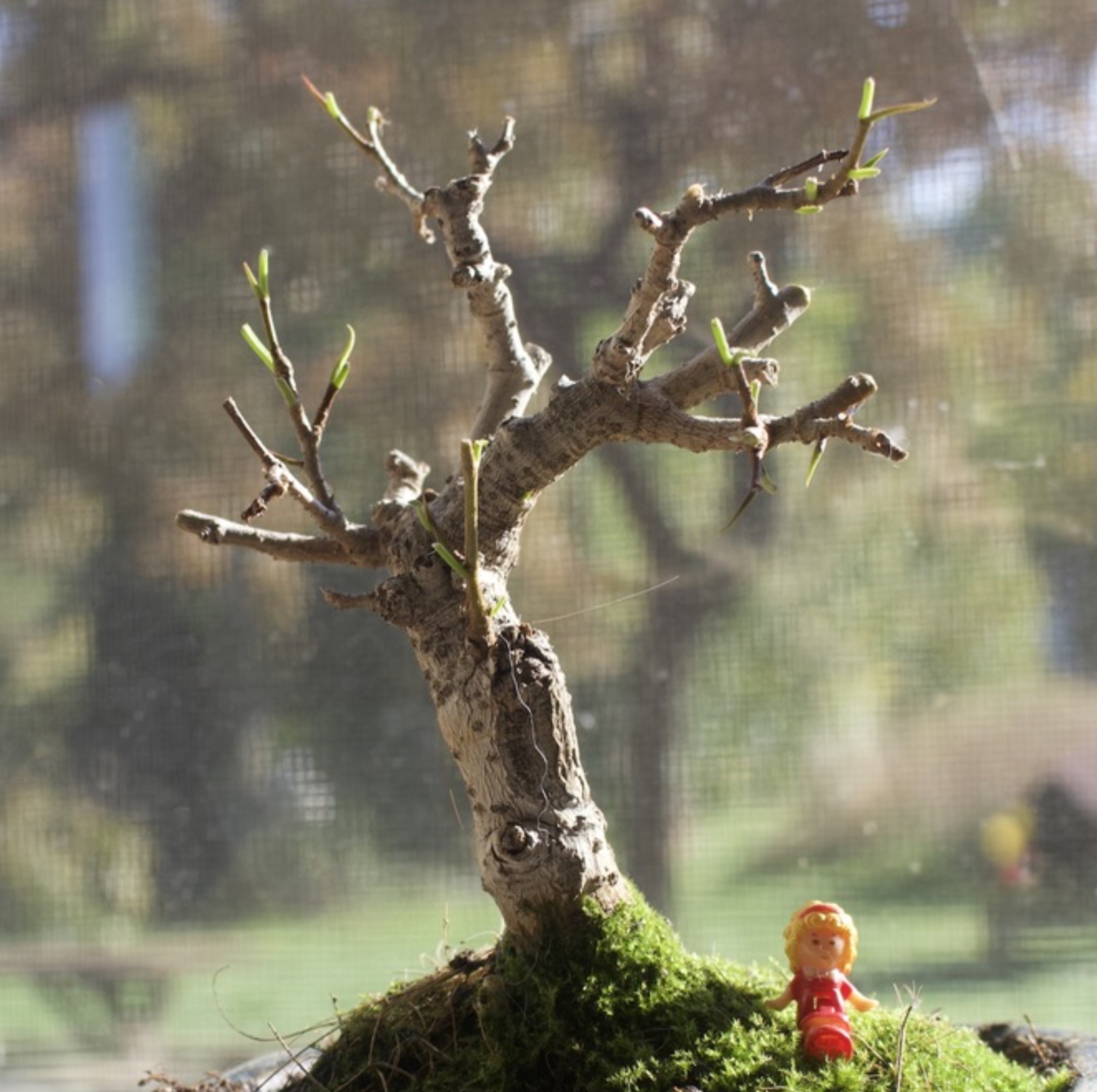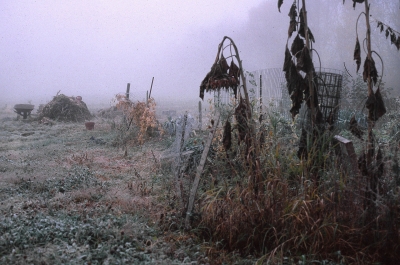YES, WE HAVE NO BANANAS (title of 100-yr-old song)
I Receive a Giant Teardrop
Since I don’t live in the tropics, I bring a bit of it into my house. Hence, the banana tree that, years ago, tropicalized my living room for a number of winters. The plant made a nice houseplant for awhile, its large leaves jutting into the air like velvety, soft, green wings. Pests never bothered it. It even signaled to me when it was thirsty by drooping its leaf blades down along its midribs.
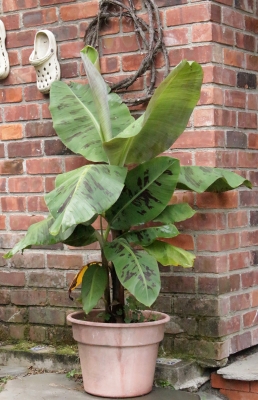
Banana plant in summer
But mind you, I was not growing this plant only for show. I also wanted to harvest bananas. In the warm tropics, bananas fruit when they are only ten to fifteen months old; in a warm greenhouse, plants fruit in two or three years; in my sixty to seventy degree, sometimes colder, house . . . well, fruit was a goal, but I was in no particular hurry. Read more

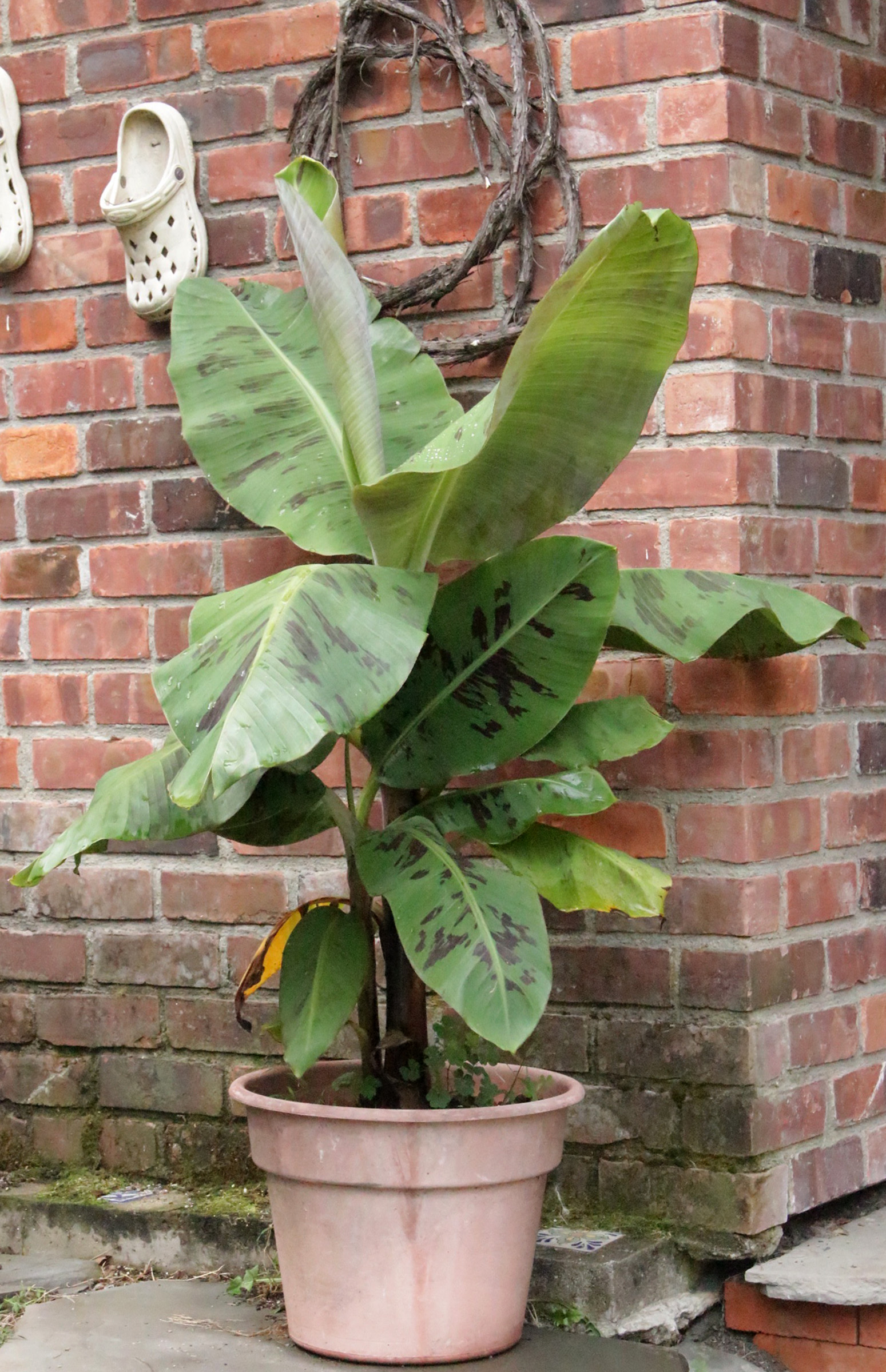
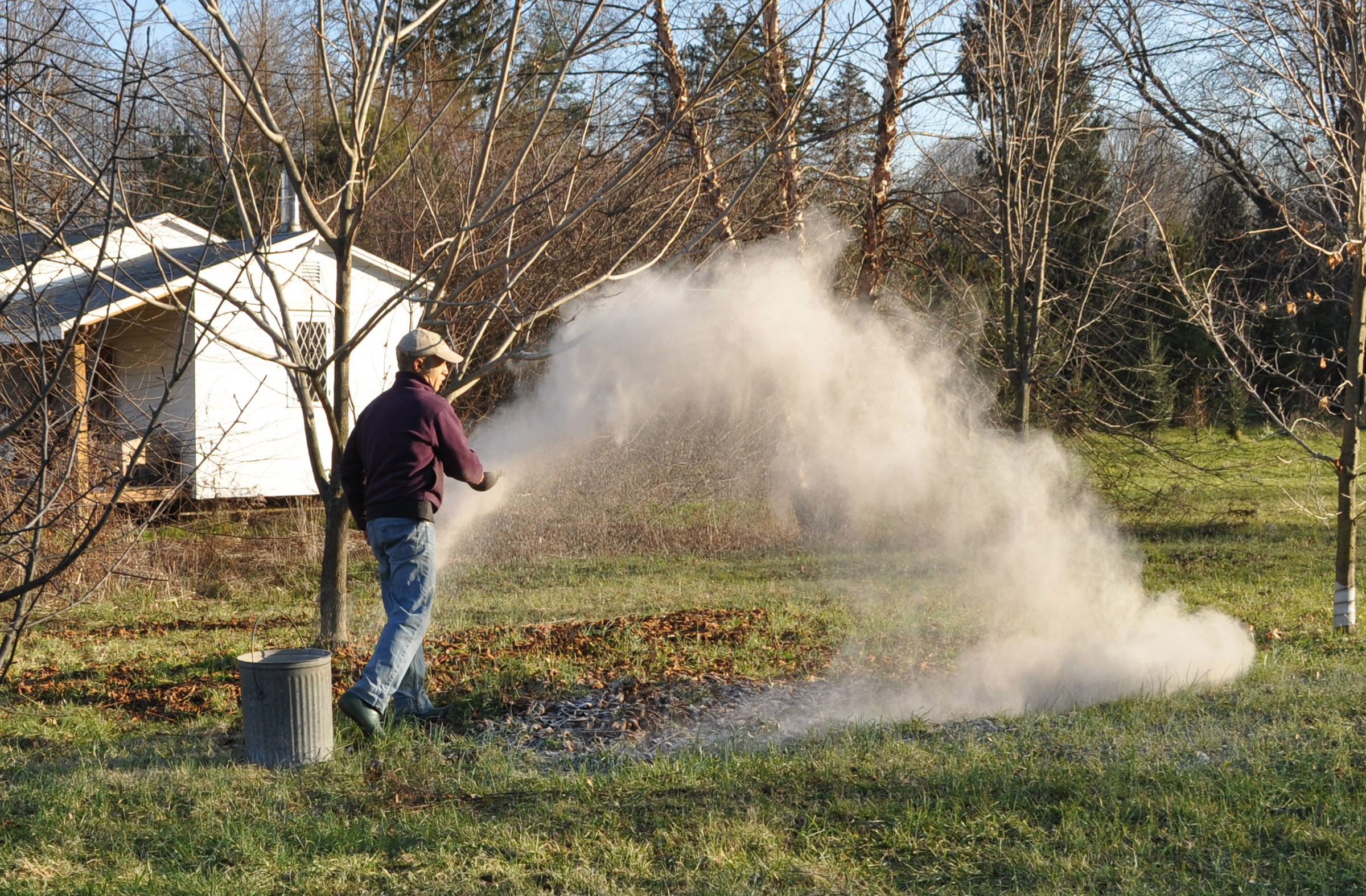
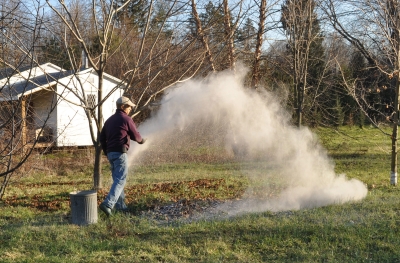
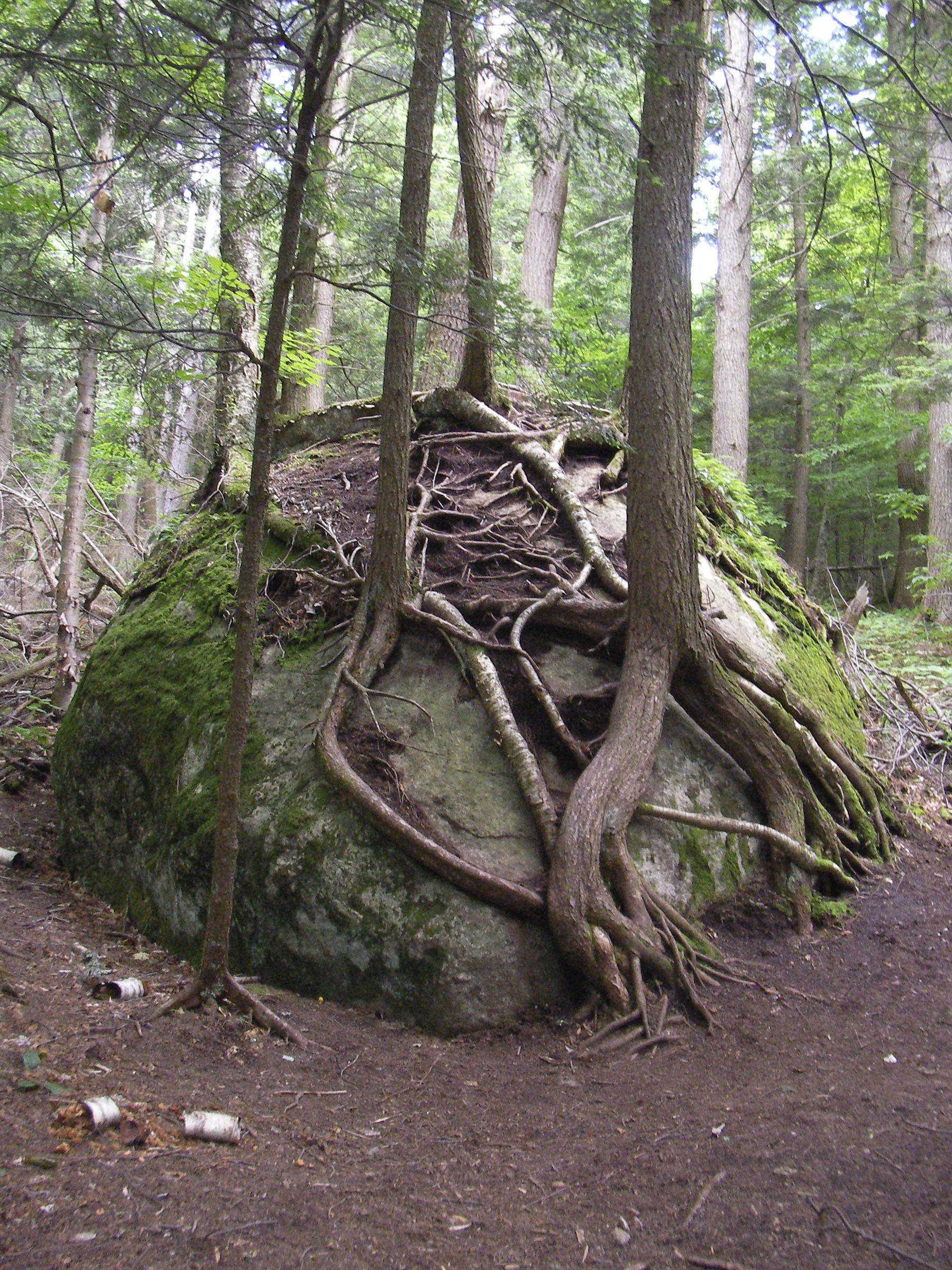
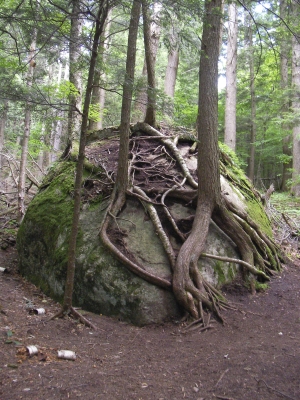
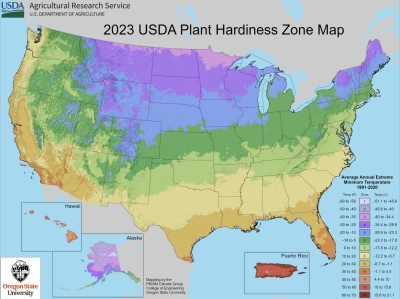
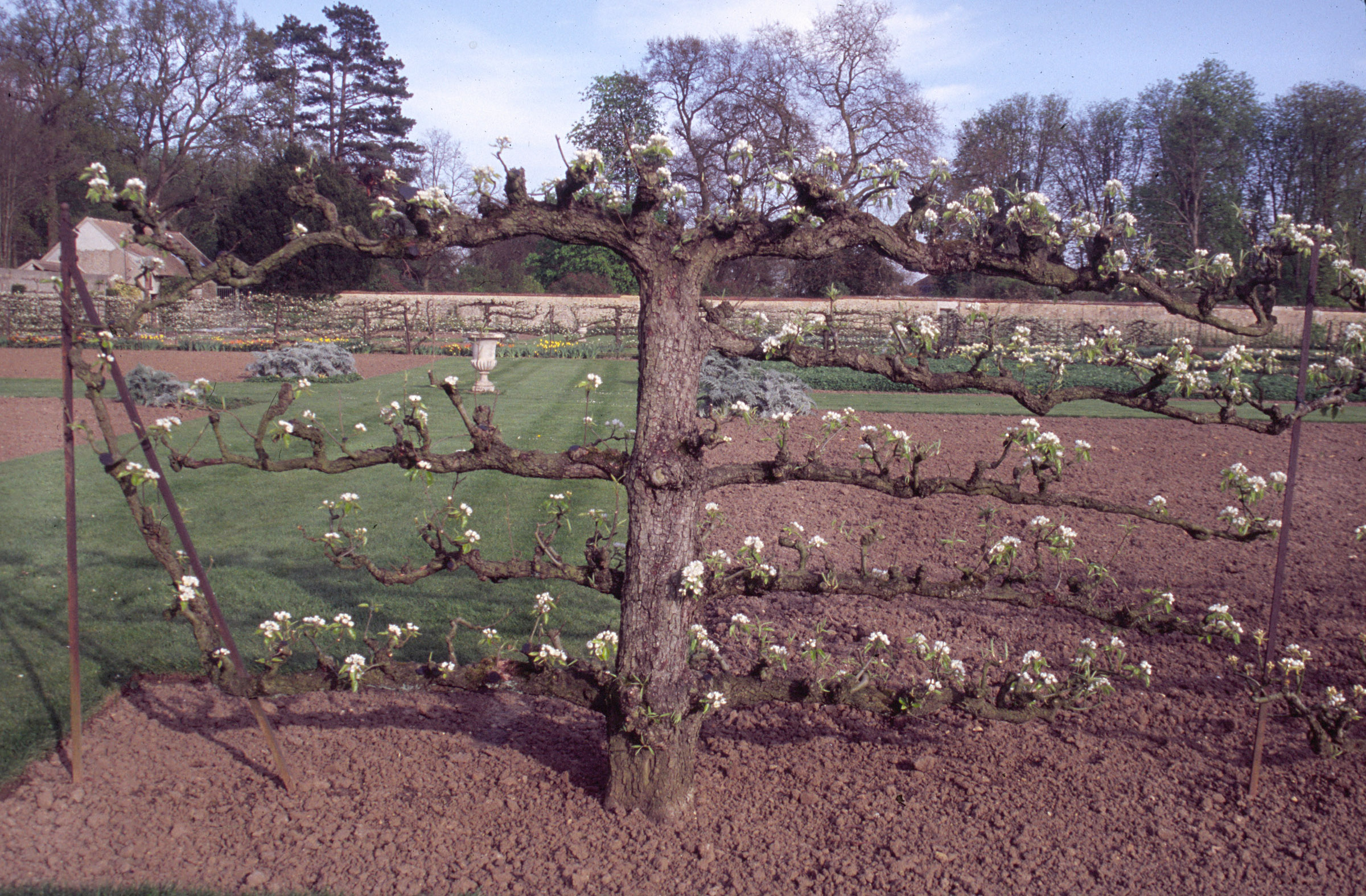
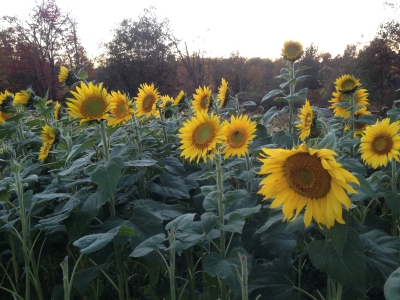 At the other extreme would be one of the shrubby species of willows that keeps sprouting side branches freely all along their growing shoots.
At the other extreme would be one of the shrubby species of willows that keeps sprouting side branches freely all along their growing shoots.